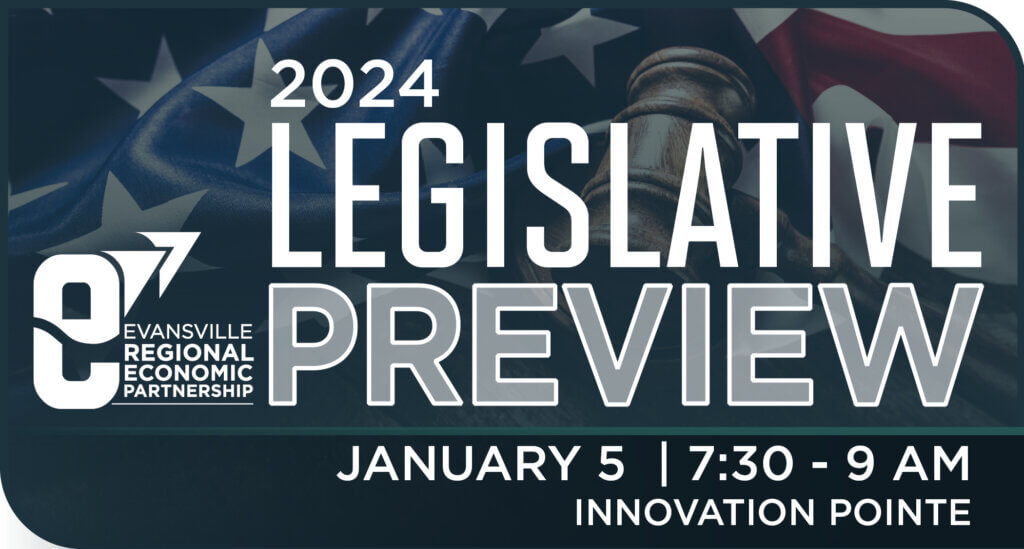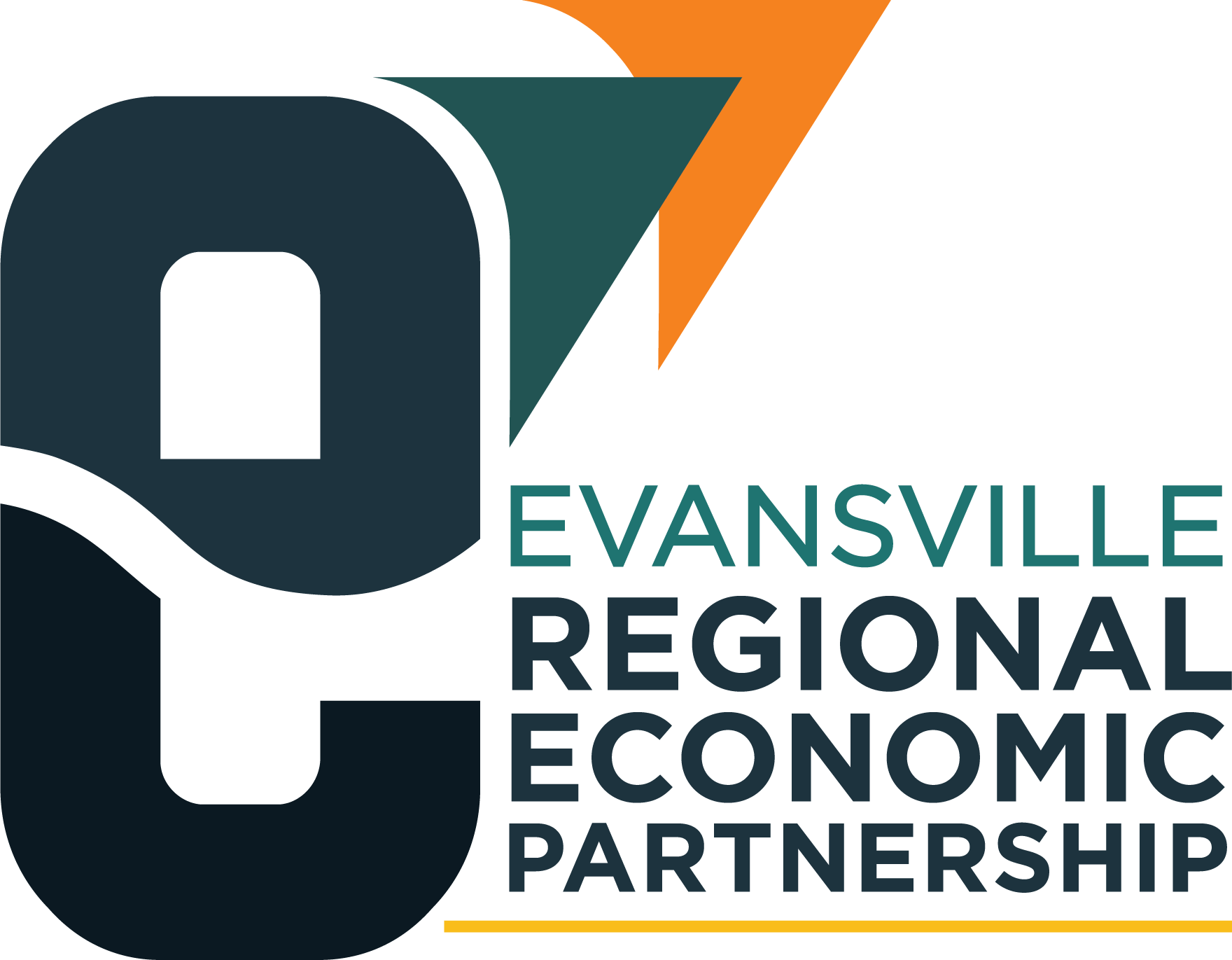Interim Committees have been bringing legislators together over the past few months to discuss several topics that could have implications to Hoosier taxpayers. Some Committees have made recommendations while others couldn’t agree on recommended policies or are scheduled to work for another year before proposing policy changes. We’ll dive into all things money in this week’s report.
First up, is the Funding Indiana’s Roads for a Stronger Safer Tomorrow Task Force (and yes, the acronym is FIRSST Task Force) charged with studying “a long term plan for state highway and major bridge needs.” The Committee included Legislators, Administration (from Finance and Transportation Departments), local government officials, and business leaders. A key issue is determining how we will fund roads (state or local) in the future as vehicles become more and more efficient creating a reduction in gas taxes (road funding source) as soon as 2025.
According to the National Conference of State Legislatures, all states “have hit peak gas tax revenue.” Barring increases on the per gallon rate, states will all collect less in gas taxes each year. Some states are using general fund money or dedicating a portion of sales taxes to supplement road funding. Others have implemented a Road Usage Charge (RUC) that gathers total miles driven in a year (likely monitored at annual registration) and charges appropriately.
Other debates continue around the distribution of funds to local governments within Indiana, such as whether the state should switch from the current “$ per mile” formula (a 2-lane road mile receives equal funding as a 6-lane road mile) to a “$ per lane mile” formula. Ultimately, the Committee adjourned for the year with no recommendations in their final report, though they anticipate more work next summer with recommendations coming before the 2025 budget session.
Next is the Land Use Task Force that was charged with studying growth trends, economic and demographic factors, barriers to growth, and food insecurity issues. The members made a thorough list of recommendations for the legislature to consider during their last meeting earlier this week. If adopted, state decision-makers will have better and more granular demographic info to help shape other policies. Recommendations also encourage better planning and zoning along with better coordination with utilities and infrastructure to enable smart and sustainable growth. Finally, in alignment with many of the IN Farm Bureau priorities, the recommendations re: food insecurity support growth for the ag industry and improvements to food assistance programs.
Last but not least is the ongoing work of the 2-year State and Local Tax Review Task Force (SALT Task Force). They have met 3 times so far with another scheduled for this Monday and they will continue meeting throughout the 2024 Legislative Session and summer. Legislators requested the study with many hoping it would reveal a path toward eliminating the income tax, but so far most of the speakers have discouraged that idea and shown the fiscal reality that would require expanding the sales tax base (to services, for example) or increasing the sales tax rate.
While speakers at the October 20th meeting praised Indiana’s “tax competitiveness,” several also shared data demonstrating the regressive nature of Indiana’s current tax structure and how any increased reliance on sales tax would only exacerbate the load on Indiana’s most vulnerable. The IN Chamber’s VP of Taxation & Public Finance echoed those concerns along with concerns for balancing the needs of local governments to provide services and quality of life in an OpEd earlier this month.
So far, legislators seem to be taking in all of the information with an open mind as they explore opportunities to improve Indiana’s tax policies while ensuring the state’s fiscal health. We look forward to the continued discussions and any recommendations they develop over the next 11 months.

